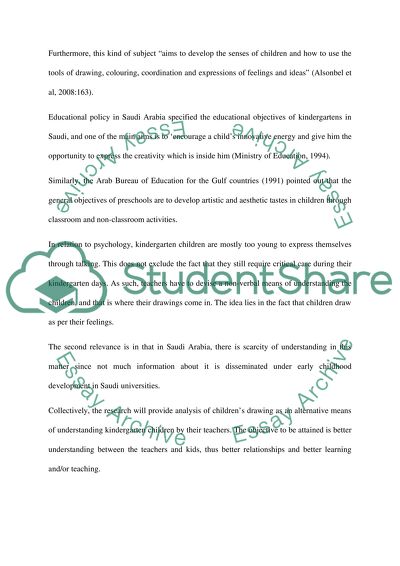Cite this document
(“Childrens daily problems can be recognized by their arts: analysing Essay”, n.d.)
Childrens daily problems can be recognized by their arts: analysing Essay. Retrieved from https://studentshare.org/education/1679326-childrens-daily-problems-can-be-recognized-by-their-arts-analysing-childrens-drawings-in-a-psychological-way
Childrens daily problems can be recognized by their arts: analysing Essay. Retrieved from https://studentshare.org/education/1679326-childrens-daily-problems-can-be-recognized-by-their-arts-analysing-childrens-drawings-in-a-psychological-way
(Childrens Daily Problems Can Be Recognized by Their Arts: Analysing Essay)
Childrens Daily Problems Can Be Recognized by Their Arts: Analysing Essay. https://studentshare.org/education/1679326-childrens-daily-problems-can-be-recognized-by-their-arts-analysing-childrens-drawings-in-a-psychological-way.
Childrens Daily Problems Can Be Recognized by Their Arts: Analysing Essay. https://studentshare.org/education/1679326-childrens-daily-problems-can-be-recognized-by-their-arts-analysing-childrens-drawings-in-a-psychological-way.
“Childrens Daily Problems Can Be Recognized by Their Arts: Analysing Essay”, n.d. https://studentshare.org/education/1679326-childrens-daily-problems-can-be-recognized-by-their-arts-analysing-childrens-drawings-in-a-psychological-way.


